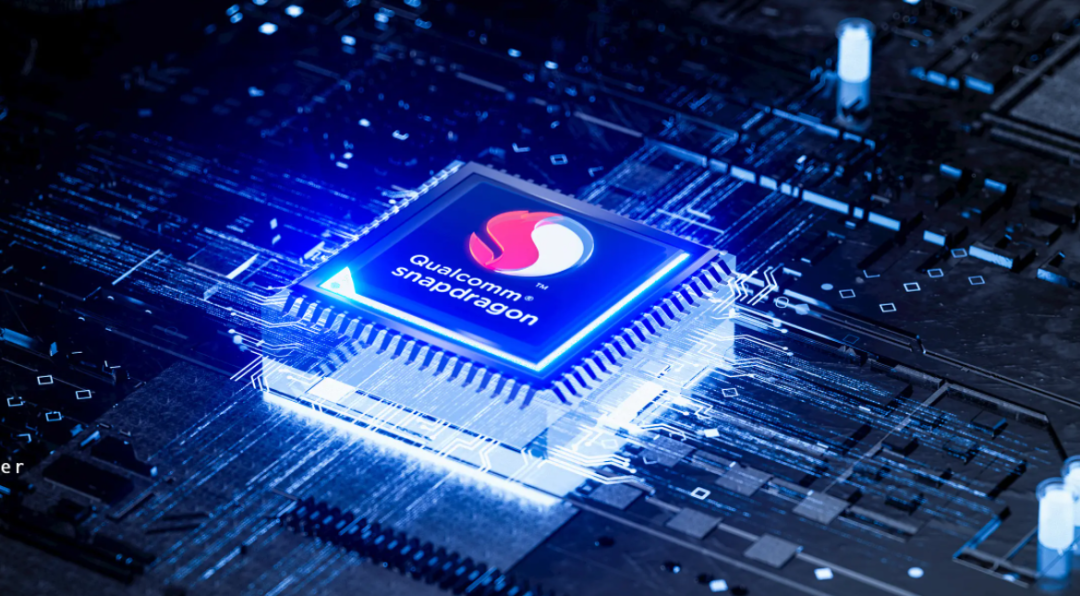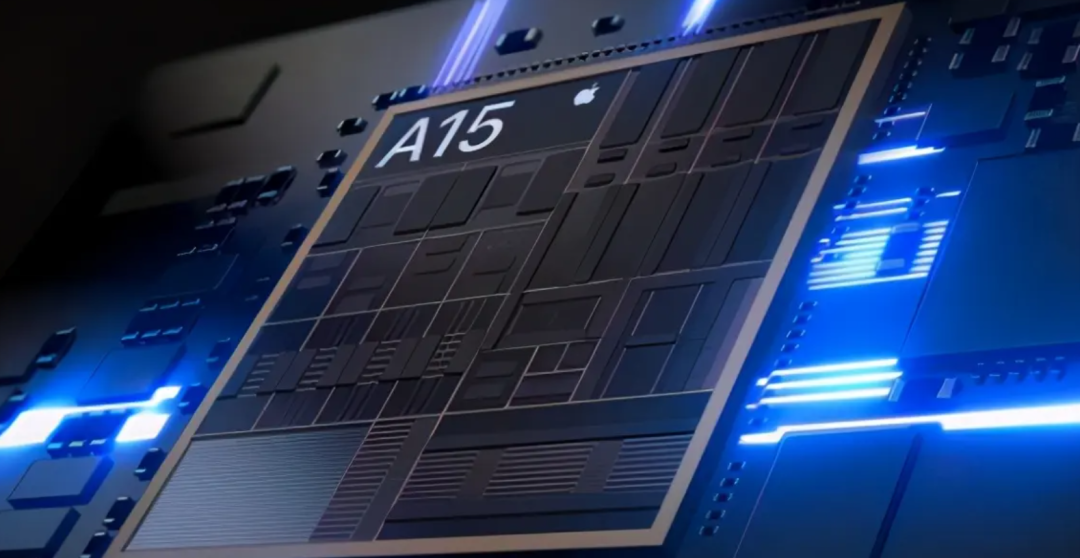The smartphone processor rankings for May 2025 have been updated again, incorporating the latest released smartphone SoCs. This time, the optimization ratio for CPU and GPU performance scores has been re-evaluated, and some smartphone SoCs have been appropriately adjusted in the rankings, with continuous optimization of the ladder chart. Thank you for your feedback!

In April 2025, the Honor GT Pro debuted with the Qualcomm Snapdragon 8 Gen 2 chip. Compared to the Snapdragon 8 Gen 1, there are two improvements: the frequency of the two Oryon super-large cores in the CPU has increased from 4.32GHz to 4.47GHz, and the GPU frequency has increased from 1100MHz to 1200MHz. In the GeekBench 6 performance scores, the Snapdragon 8 Gen 2 CPU achieved a single-core score of 3135 and a multi-core score of 9567, with an overall performance improvement of about 5%.
In April 2025, the Snapdragon 8s Gen 4 was updated, utilizing TSMC’s second-generation 4nm process (N4P) and adopting a “1 super core + 7 large core” architecture. The CPU performance has significantly improved, with single-core performance slightly inferior to the Snapdragon 8 Gen 3 but greatly surpassing the Dimensity 8400 and 8s Gen 3. Multi-core performance is close to the 8 Gen 3, showing significant progress compared to the previous generation 8s Gen 3. In Geekbench 6 tests, the single-core score reached 2232, and the multi-core score was 7308. In terms of GPU, the Adreno 825 performed excellently in the Aztec 1440P off-screen test, with significant peak performance improvements and energy efficiency far exceeding the previous generation 8s Gen 3.
The Snapdragon 8s Gen 4 can be seen as an optimized version of the 8 Gen 3! The differences between the two are minimal, with performance parameters slightly inferior to the 8 Gen 3, but it leads in low-load energy efficiency! The Redmi Turbo 4 Pro and iQOO Z10 Turbo Pro are the first to feature the 8s Gen 4.
Below is the latest ladder chart for mainstream consumer smartphone processors in 2025; it serves as a reference for everyone when choosing a smartphone. Data sources include Geekbench single-threaded and multi-threaded scores, GFXBench Manhattan graphics frame rates, as well as game frame rates, energy consumption, and overall user experience rankings. We have conducted tests and statistics on mainstream smartphone processors and continuously optimized the ladder rankings.Here is a brief introduction to smartphone processors:Smartphone processors (also known as SoCs, commonly referred to as CPUs, in English System on Chip) are the core components that consumers pay the most attention to when purchasing a smartphone. It is the control center of the entire phone and the command center for the logical parts. The microprocessor achieves control by running software stored in memory and calling databases within memory. All data that needs to be processed must go through the CPU, and the management of various parts of the phone relies on the unified coordination and command of this microprocessor headquarters.
We have conducted tests and statistics on mainstream smartphone processors and continuously optimized the ladder rankings.Here is a brief introduction to smartphone processors:Smartphone processors (also known as SoCs, commonly referred to as CPUs, in English System on Chip) are the core components that consumers pay the most attention to when purchasing a smartphone. It is the control center of the entire phone and the command center for the logical parts. The microprocessor achieves control by running software stored in memory and calling databases within memory. All data that needs to be processed must go through the CPU, and the management of various parts of the phone relies on the unified coordination and command of this microprocessor headquarters. Strictly speaking,computer CPUs and smartphone CPUs are completely different, and smartphone CPUs should be called smartphone SoCs.Smartphone SoCs integrate a series of functional modules including CPU, GPU, RAM, modem, navigation, and mobile baseband.With the continuous improvement of integrated circuit production technology and process levels, the functions of microprocessors in smartphones have become increasingly powerful, such as integrating advanced digital signal processors (DSP) within the microprocessor. Therefore, the performance of the smartphone processor determines the performance of the entire phone.In contrast, computer CPUs are not as complex; they are simply central processing units without integrating other functional modules, and the memory, graphics processors (GPUs), and network interfaces in computers are independent.
Strictly speaking,computer CPUs and smartphone CPUs are completely different, and smartphone CPUs should be called smartphone SoCs.Smartphone SoCs integrate a series of functional modules including CPU, GPU, RAM, modem, navigation, and mobile baseband.With the continuous improvement of integrated circuit production technology and process levels, the functions of microprocessors in smartphones have become increasingly powerful, such as integrating advanced digital signal processors (DSP) within the microprocessor. Therefore, the performance of the smartphone processor determines the performance of the entire phone.In contrast, computer CPUs are not as complex; they are simply central processing units without integrating other functional modules, and the memory, graphics processors (GPUs), and network interfaces in computers are independent.
Smartphone SoC chips mainly integrate:
1. CPU: Responsible for processing computational tasks. It is the most important part of the smartphone processor, responsible for task computation and control, and its strength directly relates to smartphone performance. It is easy to understand that all instructions are processed and issued by it.2. GPU: Responsible for image rendering. The graphics processor is equivalent to the graphics card in a laptop. The GPU is crucial for gaming experience; generally, the stronger the performance, the higher the game frame rate.3. Baseband: It is a circuit in the smartphone, mainly responsible for demodulating, deinterleaving, despreading, and decoding wireless signals in mobile networks. It is responsible for communication capabilities, and the quality of mobile signals is directly related to this.4. ISP: Image Signal Processor, mainly used for image processing in smartphone imaging systems. Mainstream smartphone SoC chips from Qualcomm, MediaTek, and Kirin integrate ISP modules. For most people, the presence of ISP may not be highly noticeable, but it is also an indispensable part of smartphones.5. DSP: Digital Signal Processor, a chip that integrates dedicated computing capabilities. DSPs are designed for embedded systems such as mobile base stations, where floating-point operations are not required, only integer operations. However, with the advent of 5G networks, the computational burden on base stations is increasing, making floating-point operations essential.6. NPU: Responsible for artificial intelligence computations. Functions such as facial recognition and portrait segmentation address the long-standing issue of poor night scene video quality due to insufficient computing power of ISPs and general processors, as well as information loss in traditional imaging links.7. Other integrated functional components.Thus, this is why the most important factor when choosing a smartphone is the smartphone chip! Because it is not just about performance! Currently, the five most well-known mainstream chip manufacturers are Qualcomm, Huawei, Samsung, MediaTek, and Apple. The flagship chips from these five companies are:
Currently, the five most well-known mainstream chip manufacturers are Qualcomm, Huawei, Samsung, MediaTek, and Apple. The flagship chips from these five companies are:
-
Qualcomm representative models: Snapdragon 8 Gen 2, Snapdragon 8 Gen 3, 8s Gen 4, Snapdragon 8 Gen 1;
-
Huawei representative models: Kirin 9020, Kirin 9010, Kirin 9000S, Kirin 9000, etc.;
-
Samsung representative models: Exynos 2400, Exynos 1580, Exynos 2200, etc.;
-
MediaTek representative models: Dimensity 9400 (+), Dimensity 9300 (+), Dimensity 9200, etc.;
-
Apple representative models: A18 Pro, A17 Pro, A16, etc.
 Apple: In terms of CPU performance and experience,Apple‘s A-series processors have consistently been in the top tier of high-end flagships over the years. Combined with the excellent iOS system advantages, they have a notable edge in smoothness compared to the Android platform, and they are more energy-efficient, making them relatively more power-saving than Android devices, with the flagship representative being theA18 Pro. A new iPhone can maintain high smoothness even after several years of use.Qualcomm:As the most popular in the Android camp, Qualcomm’s chip models are comprehensive, covering high, mid, and low-end series. The latest Snapdragon 8 Gen 2 is the mainstream choice for this year’s Android flagships, with the Xiaomi 14 and OnePlus 13 being the first flagship devices to feature this SoC. In previous years, Qualcomm’s Snapdragon 8 Gen 1 and Snapdragon 888 faced criticism for power consumption and heating issues. As long as Qualcomm’s power consumption does not falter, it remains the preferred chip for major Android manufacturers.Huawei:As a well-known domestic smartphone manufacturer, Huawei mainly uses its own Kirin processors, with the highest-end updated to the Kirin 9000 series (9020, 9010). Due to U.S. sanctions, it has fallen behind Apple’s and Qualcomm’s chips by two generations in performance. However, it is believed that Huawei will rise again in the future.MediaTek:In recent years, MediaTek has made a strong comeback. Although it was previously criticized for being used in mid-range devices, it has been aggressively pursuing the high-end market since upgrading its Dimensity series. Last year, the Dimensity 9300 could compete head-to-head with Qualcomm’s Snapdragon 8 Gen 3, and this year’s Dimensity 9400 is also a top choice for Android flagships, fully entering the high-end flagship market.Samsung:Samsung’s processors have relatively low popularity, mainly because Samsung phones have nearly exited the domestic market, and Samsung processors are primarily used in Samsung’s Korean models, while Samsung’s domestic phones are equipped with Qualcomm processors.
Apple: In terms of CPU performance and experience,Apple‘s A-series processors have consistently been in the top tier of high-end flagships over the years. Combined with the excellent iOS system advantages, they have a notable edge in smoothness compared to the Android platform, and they are more energy-efficient, making them relatively more power-saving than Android devices, with the flagship representative being theA18 Pro. A new iPhone can maintain high smoothness even after several years of use.Qualcomm:As the most popular in the Android camp, Qualcomm’s chip models are comprehensive, covering high, mid, and low-end series. The latest Snapdragon 8 Gen 2 is the mainstream choice for this year’s Android flagships, with the Xiaomi 14 and OnePlus 13 being the first flagship devices to feature this SoC. In previous years, Qualcomm’s Snapdragon 8 Gen 1 and Snapdragon 888 faced criticism for power consumption and heating issues. As long as Qualcomm’s power consumption does not falter, it remains the preferred chip for major Android manufacturers.Huawei:As a well-known domestic smartphone manufacturer, Huawei mainly uses its own Kirin processors, with the highest-end updated to the Kirin 9000 series (9020, 9010). Due to U.S. sanctions, it has fallen behind Apple’s and Qualcomm’s chips by two generations in performance. However, it is believed that Huawei will rise again in the future.MediaTek:In recent years, MediaTek has made a strong comeback. Although it was previously criticized for being used in mid-range devices, it has been aggressively pursuing the high-end market since upgrading its Dimensity series. Last year, the Dimensity 9300 could compete head-to-head with Qualcomm’s Snapdragon 8 Gen 3, and this year’s Dimensity 9400 is also a top choice for Android flagships, fully entering the high-end flagship market.Samsung:Samsung’s processors have relatively low popularity, mainly because Samsung phones have nearly exited the domestic market, and Samsung processors are primarily used in Samsung’s Korean models, while Samsung’s domestic phones are equipped with Qualcomm processors.